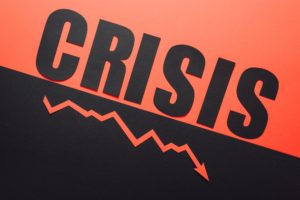
The Consensus-Driven Leadership Style: Benefits and Pitfalls
Most employees favor consensus-run organizations, where a leader uses inclusion and feedback to manage democratically. A consensus-style leader is a refreshing alternative to the tyrant

Most employees favor consensus-run organizations, where a leader uses inclusion and feedback to manage democratically. A consensus-style leader is a refreshing alternative to the tyrant

Surveys and studies indicate global job dissatisfaction is at a two-decade high. Disengaged employees account for nearly 70 percent of the workforce, which significantly affects the bottom line,

Countless management books, seminars, and programs offer insights into how leaders can develop trust within their organizations. Their consistent theme—“It begins with you”— is certainly valid, as

Many employees long for leaders who can solve workplace problems—from flawed systems and procedures to inconsistent policies and managers. They want their leaders to see

This may shock you: Hybrid workers — among all types of employees — are doing the best when it comes to feeling connected to their

For many, the pinnacle of leadership—C-suites, executive boards, or entrepreneurship—appears as a luminous summit, an apex where vision becomes reality. However, what is rarely mentioned

Crisis. The word itself conjures images of chaos, fear, and the unknown. If leadership is an art, then leading through crisis is akin to creating
The ocean has been an enduring metaphor for life’s trials and opportunities, its vastness echoing the complexities we face in our individual and professional journeys.

An organization’s health is only as sound as its leader’s decisions. Some companies prosper from wise leadership directions, while others struggle after flawed choices—choices that

How a leader responds to adversity reveals how effective that leader truly is. Reactions to setbacks or crises not only test leadership character but define

Business is an active, demanding endeavor. Only those who consistently apply themselves succeed. Organizations that thrive require leaders who actively dream, plan, engage, solve, pursue,

Surveys and studies indicate global job dissatisfaction is at a two-decade high. Disengaged employees account for nearly 70 percent of the workforce, which significantly affects







